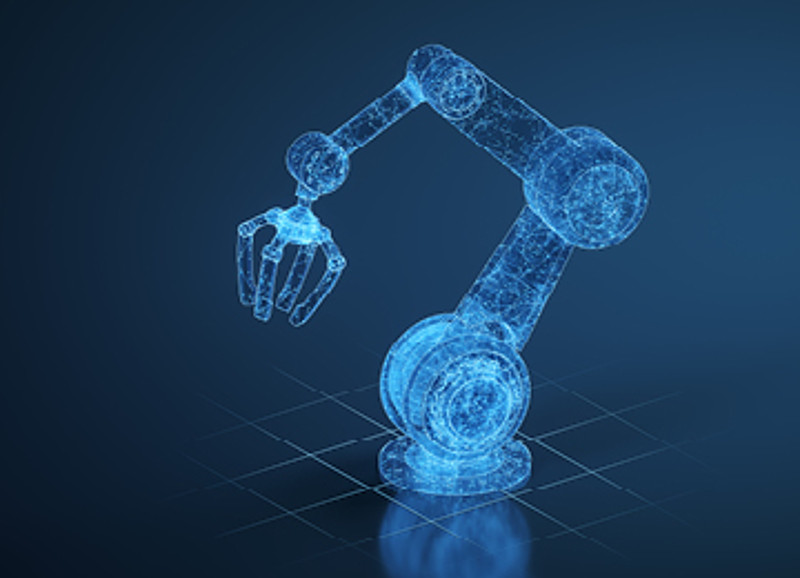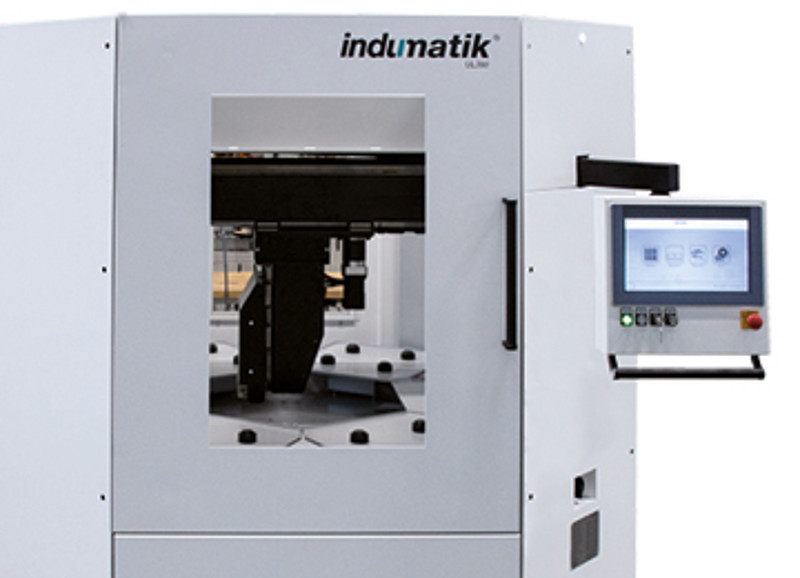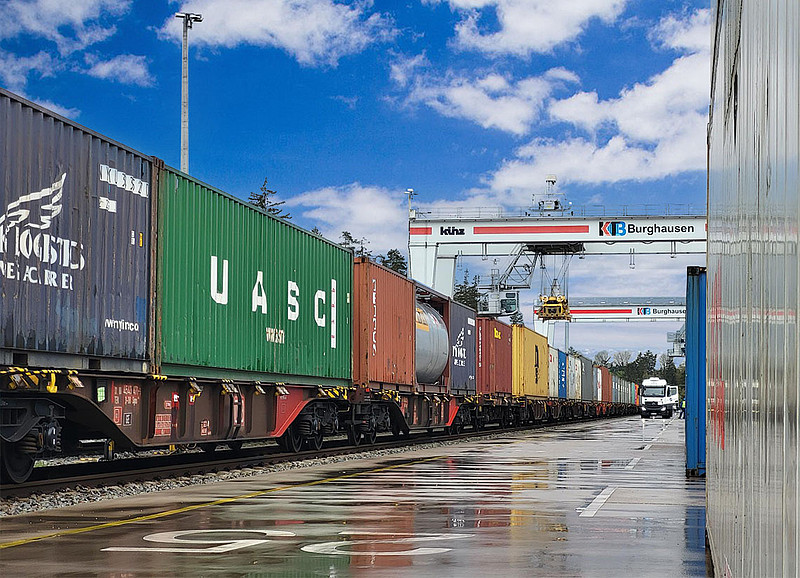Partner: Mihai Gherman
Application: Retrofit of Automation Technology
Key Data: Replacement of control technology for 3 generators, all medium voltage (MV) switchgear equipment and all auxiliary systems control technology

Retrofit of the Control Technology of an Oil and Gas Power Plant
Project Overview
The power generation plant has 3 dual-fuel generator units with a total capacity of 5 megawatt. Since its installation in 2003, the control strategy for the generators and most of the electrical switchgear and auxiliaries was managed using Berghof CODESYS V2.1 PLCs.
The 3 dual-fuel generators are crucial and provide the necessary electrical power for round-the-clock operations. Due to the proven reliability of the Berghof PLCs for almost 20 years, the decision was made to use the same brand for the retrofit project.
Challenges
The top priority for this retrofit project was to reduce the power plant downtime. The scope of the retrofit covered the entire control technology of the power plant, including all protection and measurement equipment in the electrical switchgear. This involved a complete plant shutdown for decommissioning the old control system and installing the new system.
Another challenge was the complete restructuring of the control technology design, architecture, and logic. Due to fundamental differences between the original and the new control system, the original system could not be used as a backup.
In the original system, a CAN bus between the PLCs was used to control the generators, also interacting with the control of the electrical system.
In the new system, the PLCs used network variables for data exchange, EtherCAT was used for data acquisition, and the electrical system was automated using the IEC 61850 norm. Additionally, Berghof PLCs were used for the oil and fuel separator units. All these factors required the restructuring of the power plant's control strategy.

The Berghof Solution in Detail
The compatibility of Berghof Automation systems allowed for an efficient replacement and conversion, reducing complexity and potential error-inducing procedures.
For the retrofit process, the original control wiring of the power plant was migrated to the new PLCs due to the compatibility of the Berghof equipment. This was an essential factor that facilitated a fast installation of the new system.
Even though the final control logic had several differences from the original, the compatibility between CODESYS V2.1 and CODESYS V3.5 allowed for an error-free transition. The functionality that needed to be migrated was easily updated to the CODESYS V3.5 platform. Most of the PLC program was tested in a laboratory environment before commissioning.
A major benefit of the retrofit was the ability to create an independent control system for all the generators, using the Berghof PLCs and HMI panels. Simultaneously, interconnection between all subsystems was easily set up using Ethernet communication. The Berghof PLC and the CODESYS V3.5 platform provided the required tools and communication protocols to integrate with all other components of the power plant's automation technology.
For all subsystems and control elements of the power plant, only the latest technology and components were used, such as the IEC 61850 norm for the electrical system, modern Woodward engine controllers and load-sharing equipment, and OPC UA for communication with the plant's SCADA system. The Berghof PLCs were easily integrated into this automation solution, providing all the necessary tools. The use of EtherCAT for remote IO modules and the processing power of the PLCs allowed for a faster and more manageable control strategy.

Phases of the Retrofit Project
During the initial phase of the project, the functionality of all components was analyzed to decide how each of them would fit into the new automation solution design. A new engineering plan was produced, maintaining the original functionality but improving the overall solution.
After identifying each new component and its role in the new automation system, the necessary equipment configuration and control logic were migrated and adapted.
On-site, the decommissioning and installation of the new system were performed in the most efficient way. During the commissioning, each component and function were tested to ensure a reliable and error-free control system.


